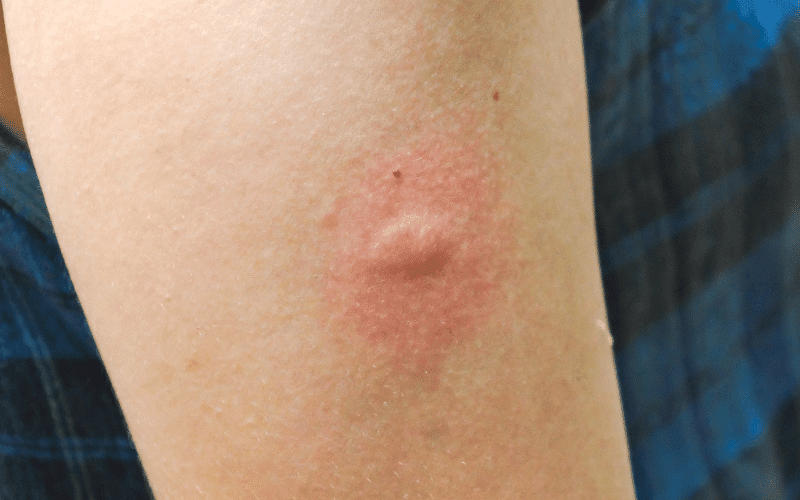Introduction: The Intricate World of African Trypanosomiasis

African Trypanosomiasis is no ordinary disease; it’s an elusive adversary that lies dormant within the wilderness of Sub-Saharan Africa. Its harbinger? A seemingly harmless insect, the Tsetse fly, a species found only in rural Africa. The fly, however, carries within it a microscopic assailant – the Trypanosoma brucei parasite – that triggers this debilitating illness also known as African Sleeping Sickness. When the tsetse fly bites a human or animal, the parasite enters the bloodstream, leading to infection. This paints a curious clinical picture as it unfolds in two distinct stages, each characterized by a unique set of symptoms.
In its initial assault, or the hemolymphatic phase, the parasite invades the human host’s bloodstream and lymphatic system. The symptoms at this stage are usually mild, sometimes shrugged off as seasonal ailments or minor infections, thus allowing the parasite to proliferate unchecked. As the disease progression gains momentum, the patient’s ordeal takes a perilous turn.
The second phase, aptly named the neurological or meningoencephalitic stage, marks the parasite’s successful breach of the formidable blood-brain barrier. It is here that the true essence of African Trypanosomiasis unveils itself. The symptoms become pronounced and distinctly neurological, throwing the unsuspecting patient into a spiral of confusion and fear.
Through this comprehensive study of the top 10 symptoms of African Trypanosomiasis, we aim to demystify this infectious disease. Our goal is to illuminate the subtleties of its symptomatic progression, thereby raising awareness and understanding of this often misunderstood and overlooked malady. The more we understand, the better we can advocate for prompt detection and treatment.
So, let’s delve into the intricate world of African Trypanosomiasis, deciphering each of its top 10 symptoms. We’ll go beyond the basic textbook description, adding color with intriguing scientific facts and engaging details that truly highlight the complexity of this fascinating disease.
Symptom 1. The Silent Soothsayer: Understanding the Chancre

A chancre, the earliest sign of the Trypanosoma brucei’s invasion, is a physical symptom that’s typically dismissed. This silent soothsayer is essentially a small, painless sore that arises at the site of the Tsetse fly’s bite. Although it’s a telltale sign, the chancre often goes unnoticed or is misidentified due to its benign appearance.
It begins as a tiny, itchy bump, barely noticeable. But with each passing day, the bump enlarges, eventually transforming into an ulcerated sore. The evolution from bump to ulcer usually spans over a week, the speed somewhat dependent on the individual’s immune response. But as suddenly as it appears, it vanishes within weeks, leaving behind no trace of its existence.
Yet, the significance of this fleeting sore is profound. It marks the parasite’s successful entry into the human host’s body, setting in motion the tumultuous journey that is African Trypanosomiasis. With the disappearance of the chancre, the parasite spreads into the bloodstream and lymphatic system, triggering a cascade of symptoms that signal the progression of the disease.
The dynamic nature of the chancre makes it an intriguing aspect of African Trypanosomiasis. Its brief lifespan is a fascinating demonstration of the body’s initial attempt to counter the invading parasite. As the disease progresses, the immune response becomes more complex, leading to symptoms that span the spectrum from mildly irritating to intensely debilitating. (1)